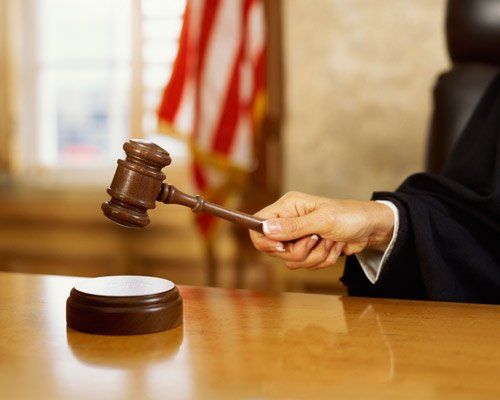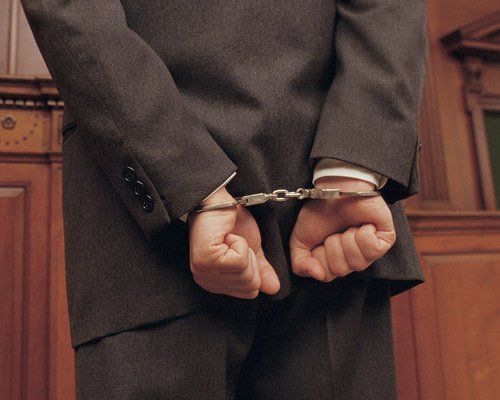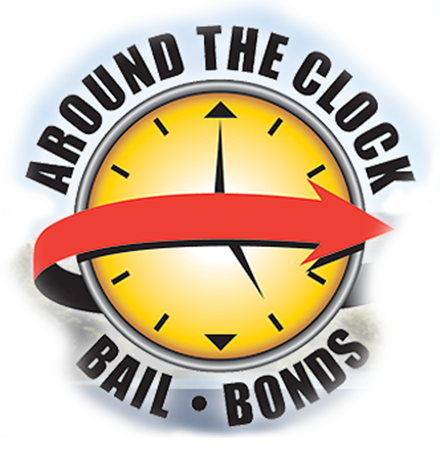
Bail is a set amount of money that is given to a court to ensure that a criminal defendant will return for a court appearance after an arrest. Though we often hear about bail in criminal proceedings and that a judge has set bail at a certain amount, it can be hard for those outside of the legal profession to understand how the process works and how a judge decides what’s an appropriate amount. How is the amount of bail needed to ensure that the defendant will return to court set? What are the factors involved?
Here’s an overview of the key points that will be considered when a judge sets bail. The judge will take into consideration:
The nature of the crime committed and the circumstances surrounding it.
The evidence that exists against the defendant and how likely it is to lead to conviction.
The defendant’s history in a community as well as family ties, their mental state, their finances and employment history.
The past and present conduct of the defendant including whether or not they have ever been convicted of a crime and if they ever failed to appear when called to court.
The defendant’s criminal history and the chance that they will be a threat to the community if they are released after an arrest.
A defendant’s criminal status. This is a major factor in setting bail. If the defendant is currently already on parole, on probation or on release from another crime, these factors will definitely impact the amount of bail set.
The source of a defendant’s finances. This is a factor, especially if their income seems to stem from a history of criminal activity.
If the arrest is on a drug-related charge. If drugs are involved, the street value of the drugs will have a definite impact on the amount of bail set. A high value on the drugs would indicate a high level of bail, as the higher level points to more serious charges against the defendant.
In general, the law gives a judge great leeway in setting bail, as judges are allowed to consider any other factors that seem relevant to the case, above and beyond the factors listed above.
Once bail is set, the defendant must endure a booking process and then post the bail or arrange to have it posted for them. Upon release, the defendant will wait for an arraignment of their case.
If a defendant is not deemed a “flight risk” by the court (that is to say, the judge does not believe that the defendant would fail to show up for their scheduled court appearance) they may be released on their own “recognizance.” In that case, they would be expected to appear in court and be responsible for getting there at the appointed time and day.
All of the above factors have a lot to do with the dollar amount that is set for a defendant’s bail but, clearly, the judge in the case has the ultimate power to set that amount according to their understanding of the nature of the crime and the defendant’s character.





